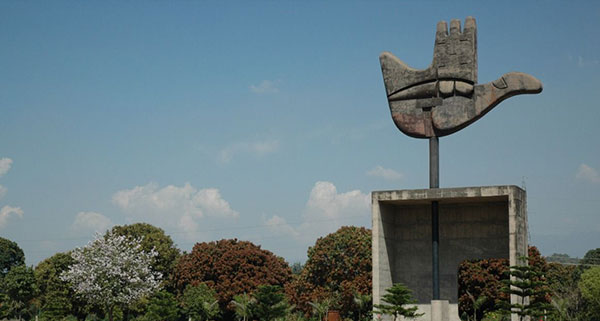Technology: The Game Changer for Real Estate in Indian Market
The world is changing really fast due to technology, impact of which can be seen in every aspect of our life: be it at home, our work or shopping habits. The digital spin has made lives more dependent on technology. There has been tremendous growth of social media, e-marketing, web communication, advanced software, mobile apps, and sophisticated IT systems. The impact of these advancements can also be seen on real estate market. The technological online advancement has brought monumental changes in the Indian real estate market. From the real estate startups to property portals and developers, all are investing heavily in online advanced technology to ensure seamless customer experience.
Right from designing to the construction, marketing and sale of the residential and commercial projects, the impact of technology can be seen everywhere. People now a day’s take help of real estate apps to search and buy property in India. Technology in real estate sector has helped people find more economical and reliable ways to gather information. Some other facts of technology on Indian real estate market include:
Virtual realty videos: With the reducing global boundaries, there is more demand for residential property in India by NRIs. As these investors are not able to visit the sites physically, many developers in India are providing them real like experience through virtual realty videos of the flats. Some other examples of technologies used by the builders to give an overview of the upcoming project without even making a sample flat are 360 degree, Live-in-Tours, Retina, and Advanced Machine Learning.
Analysis, graphs and charts: Gone are the days when home buyers were dependent on the brokers or builders to get an overview of the location and project. Property apps provide them thoroughly analyzed and carefully designed graphs, comparison charts and other insights with just a few clicks. Cloud computing and data-driven statistical analytics are playing a vital role in making these charts interactive for home buyers.

Technology and Indian Real Estate
Virtual sale: Now every person having a smart phone in his/her hand, so property sale is not limited to just the physical world. The investors now don’t hesitate in making transaction in the virtual world. Buyers also can explore various options virtually to short-list the properties. Builders are also taking help of real estate websites to reach out to the potential buyers with property details. Some brokers and developers are going a step further with customized and easy-to-use mobile applications for property search.
Quick and easy property selection: More than builders, the buyers and investors of real estate in India are getting benefited from the technological advancements. They now have an efficient flow of information at their fingertips. On the behalf of their preference of location, amenities, design and area, price they can choose a suitable project from thousands of residential projects listed on the real estate websites. This has also helped home buyers save their money, unnecessarily paid to the brokers.
Due-diligence: Easy and quick access to the up-to-date information, latest news, and important laws help investors and end-users make an informed decision. They now don’t rely on the information provided by the builders or brokers.
Since most of the real estate investors now use mobile phones to search right commercial and residential projects in India, it is the best time for the brokers, agents, and builders to leverage technology and gain maximum exposure. Further, the brokers need to keep a close eye on the emerging technologies and grab the opportunity at the right time to generate more revenue. The builder-broker community needs to realize that the investors are fast-adopting technology and they need to make up to this challenge in order to survive.





